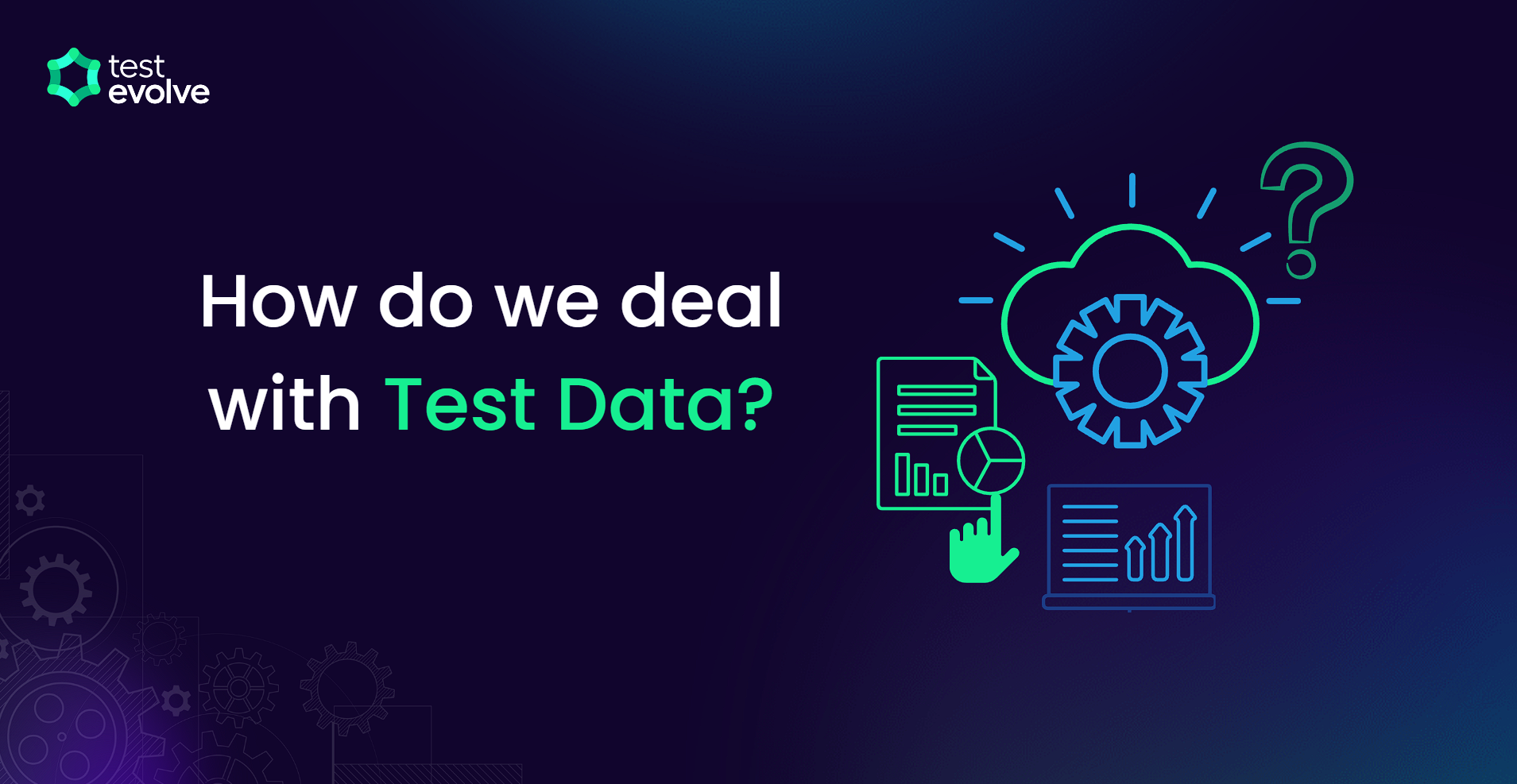Generating, Using And Managing Test Data The Right Way
What is Test Data?
In a nutshell, test data, in automation refers to the information utilized to power data-driven or iterative automated software tests. Although it appears a simple concept, provisioning test data is frequently challenging.
As you are about to discover, it is of the utmost importance that the information you feed into your tests is of the highest possible quality, reliable, and accessible at the appropriate time and in the proper quantity.
Importance of Test Data
According to research by IBM in 2016, searching, organizing, preserving, and generating test data consumes between 30 and 60 percent of a tester's working time.
There is incontrovertible proof that the data preparation phase of software testing takes a significant amount of time.
Generating Test Data
Test data is the input that feeds automated software tests. It is essential to have high-quality, realistic, and consistent test data to ensure the validity and reliability of the test results. However, obtaining test data is often a challenging task, as there are various methods and trade-offs involved.
There are a variety of approaches to take while collecting data for testing. Production cloning, often known as the copying of data from production servers, is one of these options.
It is necessary to disguise or substitute any sensitive data to prevent the disclosure of any personal information. In addition, you should consider implementing strategies such as slicing, which involves replicating only a specific portion of the data produced by the process because you do not need all of the data.
Other methods may include the generation of synthetic data, the generation of manual data through a front-end, and even web scraping.
It is vital to have a variety of approaches at one's disposal to generate test data. Using only one method to create test data can result in repeatedly testing the same limited data driven examples, reducing your test coverage.
Acquiring Test Data Manually
To manually generate test data, you can either create it yourself with the help of your quality assurance team or rely on developers for support. First, you'll need to identify the components that need to be tested, and then produce sample data for each one.
This method is the least complicated and most direct for producing test data. The data for the manual tests is often prepared at the beginning of the project and is designed to include a large combination of inputs and outputs.
This approach takes the most time yet is still very common.. In the past, edge test cases and input/output combinations were covered for specific projects that cannot be generated automatically.
When testing with poor-quality data, the findings and observations will invariably also be of poor or limited value. Because software testing is necessary for every organization that wants to deploy high-quality code at a rapid pace, test data, which is a byproduct of software testing, is just as crucial.
Acquiring Test Data Automatically
Software testing tools that automate the entire process from beginning to end are utilized to facilitate the generation of automated test data.
The enormous increase in speed and the precision of the created data are the primary advantages of utilizing this technology. Compared to the use of manual test data, which is prone to errors caused by humans, this method is an efficient way to cut down on the time needed to develop, maintain, and run tests.
Acquiring Test Data Using a Third Party
We have access to many test data management (TDM) provided by third parties, all of which can be used to produce test data. Generating test data for certain types of test cases or a new software application can be automated with the help of these TDM tools.
The majority of third-party solutions can generate data comparable to industry production data in enormous volumes for testing purposes. Tools provided by a third party can provide accurate and domain-specific test data while populating the system with real-time data.
TDM tools can use various techniques, such as data masking, data subsetting, data generation, data virtualization, and data refreshment, to provide test data that is secure, relevant, and scalable.
One disadvantage is that, in general, these types of data solutions are more expensive than some of the other approaches that we have discussed.
However, when dealing with something as crucial as valid test data we encourage you to consider this aspect carefully.
How do we deal with Test Data?
The management of test data includes a wide range of activities, including erasing personally identifiable information and the execution of data validity checks.
To manage your test data appropriately, here are five ideas to consider:
Regularly update your data as necessary
To ensure accuracy, it's important to regularly update your data and verify its correctness.
You can simplify this task by using scripts to create new data.
The quality of your application can be improved by periodically updating your test data and testing with it. It's possible that your team hasn’t yet found all likely bugs in the system because they've been testing with old data. It is crucial to regularly update your test data to maintain its usefulness.
Check the validity of the data
It is essential that when development proceeds and new features are added by you or other members of your team, your data is also reviewed for continued validity. Therefore, it is necessary to conduct test data audits regularly to detect outdated data. In addition, check to see if any data is missing so that additional functional testing may be supported.
Manage Data Access the right way
Your company has a responsibility to ensure that it is aware of how to obtain all relevant data. In addition, to guarantee that testing executes smoothly, you need to ensure that your testing engineers will always have access to the required data. Ensure everybody that requires it has ready access in order to keep testing at pace and deploy on time.
Dealing with missing data
When the development team creates new functionality that results in the collection of previously undocumented data, it’s an indication that you have new tables in your database. You will still need to acquire sample data for those tables using one or more of the methods outlined above.
Now, before you use the data you just acquired, you should always make a copy of it. Data that is properly backed-up and secured can always be redeployed to test environments.
Invest carefully in your test data acquisition and security. It will greatly assist your testing and quality assurance aspirations resulting in a better product and a happier customer.
Creating customer data
Never use live customer data in your manual or automated tests, legislation protects individual customer data and as a test team, no laws should be broken.
Instead, create dummy customer accounts complete with all customer attributes and related data e.g. order history created by the action of your test automation. Maintain these user records in a same way as all other data sets.
By following these tips, you can help to ensure that your test data is of the highest quality and that it is used effectively to test your software. You can also follow our software quality management best practices guide.




